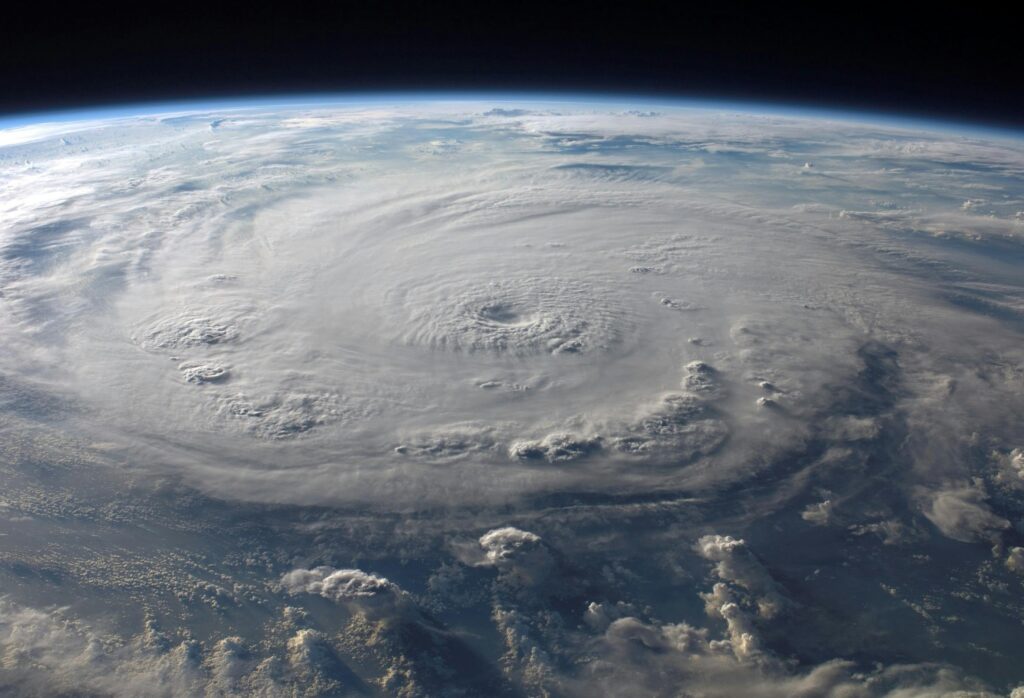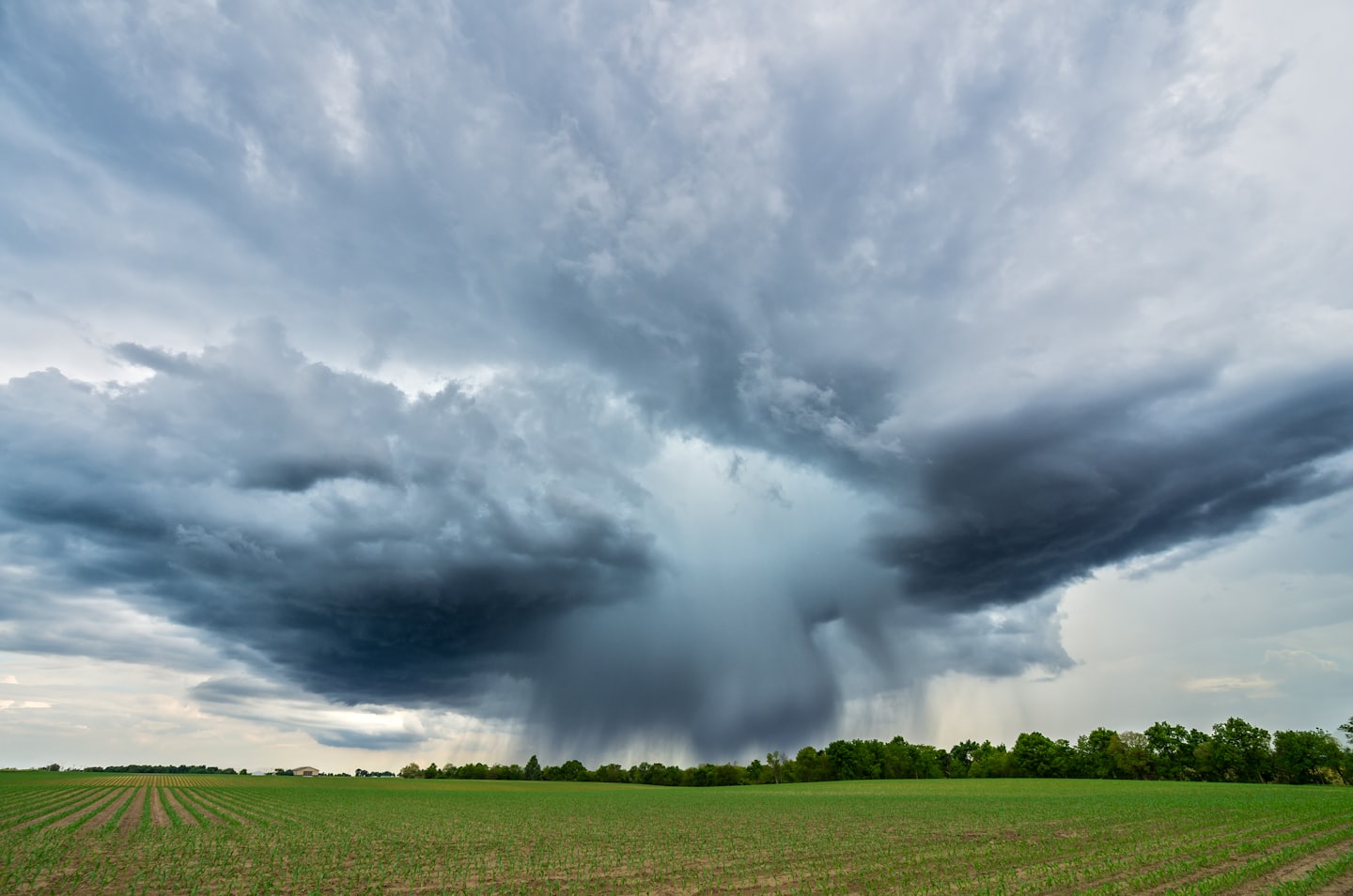Something that I see often getting confused is climate and weather. Whenever there is a day that’s a bit cold, I hear someone say “what happened to the climate change?” and “so much for the global warming”. This is because of the confusion between what is climate vs weather and how they relate to each other.
The difference between climate and weather are actually fairly simple.
Weather vs Climate

Weather: Weather is the daily atmospheric conditions a place experiences. This could be seen as a rainy day, a windy afternoon, a cold morning or a hot day. Weather is what you will see predicated in your weather app, on the news and what you experience day to day.
Climate: Climate is the typical weather that an area receives. For instance Sydney’s climate is temperate, has summer storms with occasional hail. It’s average temperature over the year is about 24 ℃.
Climate can refer to the global climate, a country’s climate, a local area’s climate or region like The Pacific Islands or the Northern Hemisphere.
Weather and climate are also measured differently.
Weather can be assessed immediately. If your thermometer says it is 26 ℃, then that is the weather. If you see rain, the weather is rain.
Climate, however is measured by statistics (read more about this here). Climate is calculated by accumulating records of preferably 30 years or more. If over a period of 30 years, most years in the Philippines there are tropical storms. This would mean tropical storms are a part of the climate. If most years in the Blue Mountains July temperatures are about 5 ℃, then that is climate.
How Does Climate Affect Weather?
So what can weather tell us about climate? We still see cold days, in Sydney we have had one of the coldest winters in a few years. So is this evidence against climate change? No. We see cold days yes, but overall, our cold days are not as cold as the cold days in the past. We see more and more hot days, reaching temperatures higher and more often. The last thirsty years have seen climates trend towards warmer temperatures more than they have in the past, even when we get the odd cold day or even when the polar vortex decides to go and create some of the coldest conditions seen in the US in decades.
The change in climate is measured by years of data, carefully calculated statistics from all over the world. This is why it is so hard to tell that the climate is changing as our day to day weather doesn’t always seem that different day to day or even year to year.
One day, week month or even year that is different to the expected climate does not do all that much to change how we see a particular overall climate.
Unfortunately more recently climate change has made itself more apparent as the world lurches from one extreme weather event to another, making the weather extend outside of its norms, catching many of us and our systems off guard.
Key Take Aways:
Weather is our day to day measurements of our atmosphere (temperature, wind, rain etc.)
Climate is the variation in weather that we expect to see at a particular time or place, and is based on the weather statistics measured over at least 30 years.


Leave a Reply